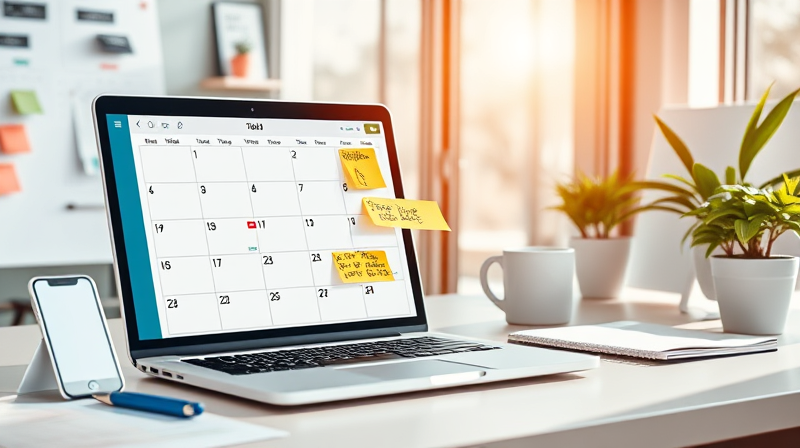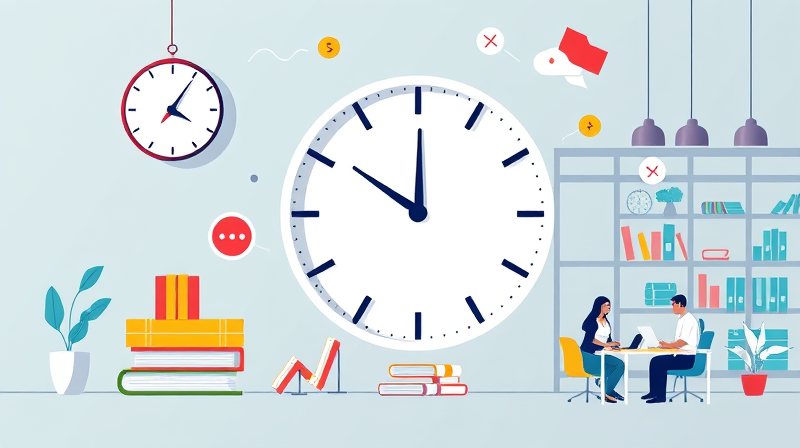Mindfulness is a transformative practice that offers a way to cut through the chaos of modern life. In today’s fast-paced world, where distractions are commonplace and the pressure to perform is relentless, cultivating mindfulness can be the key to unlocking improved concentration and output. This article explores the science, benefits, and practical steps needed to incorporate mindfulness into everyday routines.
Many individuals face challenges that stem from the constant barrage of notifications, endless email threads, and the urgent demands of both work and life. It is no wonder that productivity often takes a hit, affecting the quality of work and overall health. Fortunately, mindfulness provides a mental reset that creates space for improved focus and efficiency.
Exploring the Science of Mindfulness
Mindfulness is more than a passing trend; it is rooted in scientific research that demonstrates tangible changes in the brain. Through various techniques such as meditation, practitioners have been shown to activate parts of the brain responsible for decision-making, memory, and impulse control. These scientific findings highlight that mindfulness is not just beneficial for mental clarity, but it also enhances cognitive function.
Brain imaging studies reveal that regular mindfulness practice can alter the activity in regions such as the prefrontal cortex and the hippocampus. As these areas are critical for focus and emotional regulation, honing mindfulness skills allows individuals to move past the habitual patterns of distraction. Moreover, a decrease in activity in the default mode network, which is commonly associated with mind wandering, means that the mind becomes better equipped to sustain attention on a single task.
This enhanced focus lays the groundwork for improved task execution, fueling creativity and efficiency in everyday activities. The shift from scattered thinking to intentional engagement is one of the core benefits of practicing mindfulness.
Reaping the Practical Benefits
One of the most notable impacts of mindfulness is its contribution to heightened focus. By practicing techniques like focused attention meditation, people learn to bring their attention back whenever distractions arise. Over time, this practice enables a deeper immersion in tasks, translating to improved productivity and goal attainment.
In addition to improved focus, mindfulness is known to foster increased efficiency and creativity. When the mind is not bogged down by extraneous thoughts, it is free to explore innovative solutions to problems. The state of 'flow', in which a person becomes fully absorbed in their task, is often cited as a direct outcome of mindfulness practices. This immersive state leads to novel problem-solving and breakthrough ideas.
Moreover, mindfulness serves as a protective buffer against burnout. The demands of modern work environments can be overwhelming, but integrating short, mindful breaks throughout the day can significantly reduce stress levels. For example, an eight-week mindfulness program has been shown to decrease emotional exhaustion and boost overall well-being. This reduction in stress not only benefits individuals on a personal level but also has a positive impact on workplace dynamics.
Emotional regulation is another crucial benefit. When practitioners engage in mindful breathing or body scans, they learn to manage and interpret their emotions better. This enhanced emotional resilience allows for clearer decision-making, even in high-pressure situations, which is essential for optimal performance.
Mindfulness in Daily Life
There are numerous practical ways to adopt mindfulness in both personal and professional contexts. A few simple practices can lead to significant improvements in concentration and efficiency:
- Daily Meditation: Begin with short sessions that focus on the breath. By gradually increasing the duration, individuals can effectively train their mind to concentrate better.
- Mindful Breaks: Embrace the concept of the two-minute rule, which involves pausing briefly to recenter the mind. This practice is particularly useful during long work sessions.
- Grounding Techniques: Techniques like the 5-4-3-2-1 method help anchor thoughts to the present moment, ensuring that the mind remains focused on the task at hand.
For those in the workplace, creating environments that support mindfulness is vital. Organizations can designate quiet zones where employees are encouraged to meditate or simply enjoy a few moments of calm. Workshops and retreats focused on mindfulness techniques have proven effective in reducing stress and engaging staff. Many leading companies have embraced mindfulness as a core component of their wellness programs, leading to measurable improvements in productivity and employee satisfaction.
Outside the professional realm, educational sectors have also seen benefits from incorporating mindfulness into the curriculum. Students practicing mindfulness techniques report enhanced retention, reduced anxiety, and improved creative problem-solving skills.
These various approaches highlight that mindfulness is not a one-size-fits-all solution, but rather a flexible tool that can be adapted to individual needs and environments.
Ultimately, the key to successfully integrating mindfulness is consistency. Even a few minutes of practice daily can create a ripple effect, enhancing overall concentration and output. Whether through structured meditation sessions or simple mindful breathing during a hectic day, every moment dedicated to mindfulness contributes to long-term benefits.
The power of mindfulness lies in its simplicity and accessibility. It empowers individuals to reclaim control over their attention, reduce distraction, and achieve a higher level of productivity with less stress.
By making mindfulness a part of your daily routine, you can pave the way for a more focused, creative, and resilient life. The journey to better productivity does not require dramatic changes; rather, it calls for intentional moments of pause and clarity.
In conclusion, the adoption of mindfulness not only improves concentration but also sets the stage for enhanced emotional well-being and creativity. As you explore the various mindfulness practices and techniques discussed, remember that each small step contributes to a larger, transformative journey. Embrace the practice, and discover the profound impact it can have on your personal and professional life.








